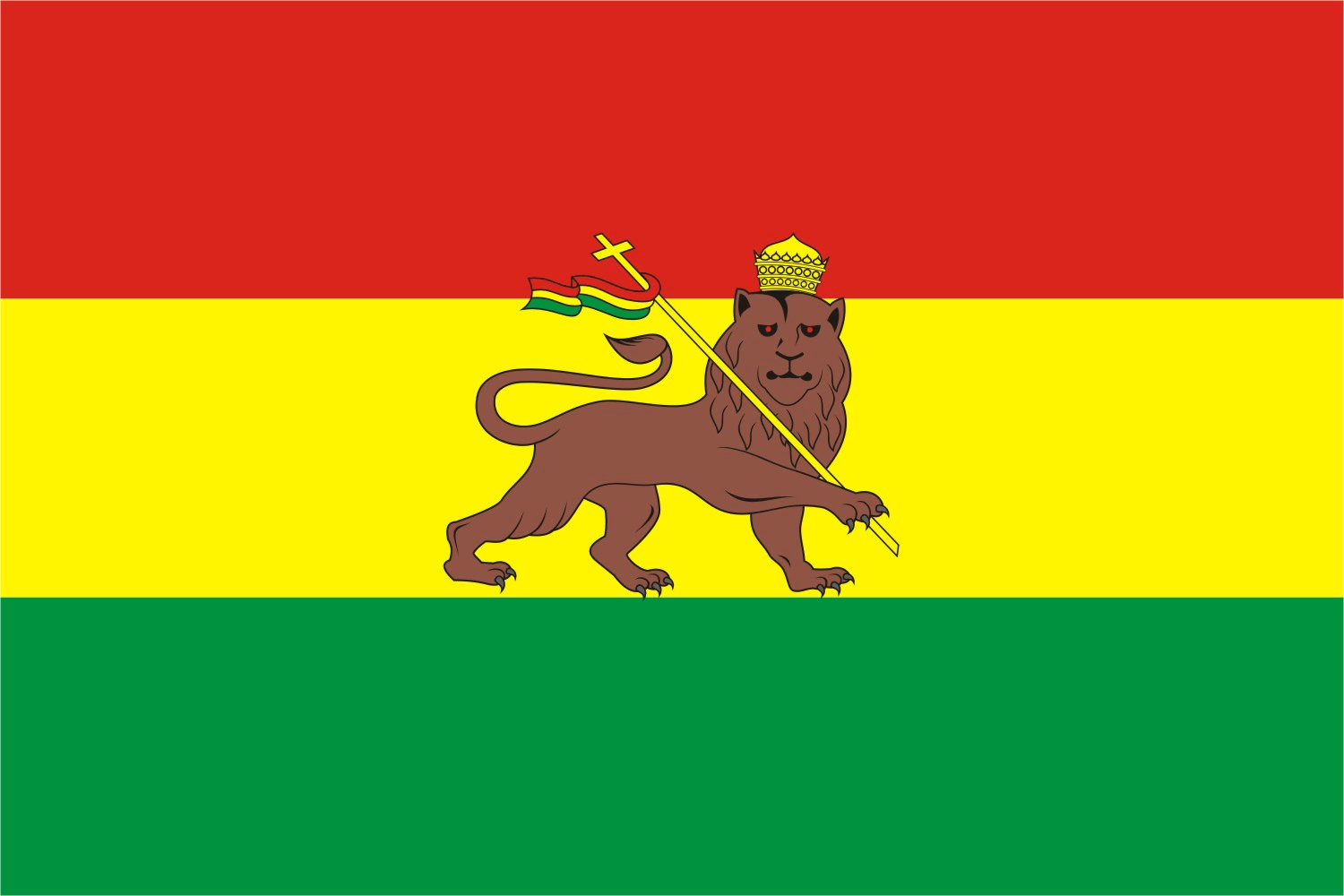We recently did an article we titled Tanzania Flag: Facts and Figures. We also did others titled Uganda Flag – What You Need to Know about it and Kenya Flag designs. We’ve decided to bring you some more facts on the present Ethiopia flag. The current Ethiopian National Flag was adopted in October 1996. The flag conforms to what was specified in article 3 of the 1995 constitution of Ethiopia. It is also important to note that, Ethiopia is such a great country that was not colonised by any other country. Of course, it birthed itself and has stood firm in the face of challenges. Basically, the 3 traditional colours of the flag dates back to the reign of Emperor Menelik who ruled between 1889 and 1913. The country’s current flag was adopted when the Mengistu regime was defeated.
What Do the Various Components of Ethiopian Flag Represent?
The Colours
The three colours (Red, green and Yellow) was used on the flag in 1897. This was after the country defended itself from colonization (after the battle of Adowa). This tri-color scheme has existed since 19th century. The colours represent various aspects of the history of Ethiopia. They represent;
1. Red
The red stripe on the flag stands for faith, power and blood. Ethiopians have always defended and honoured their territory. This is evident from the fact that they managed to defeat the Italians who aspired to colonize the country. Historical facts reveal that it is one of the two African countries that were never colonized by the Europeans (Liberia is the other one). Nowadays, Ethiopia enjoys its sovereignty. The stripe also indicated that Ethiopians are united by blood and they will stand together with faith to ensure that their country is protected. Generally, the red colour represents the blood that was spilled by the Ethiopians in the event of trying to safeguard their territory from invasion by outsiders.
2. Yellow
The yellow stripe on the flag symbolizes the church, wealth and love. It also indicates that Ethiopians love peace as evident by their long durations of political stability. Ethiopia is a rich country. It is known to possess various precious natural minerals. It is also one of the world’s famous tourist attraction destinations.
3. Green
The green colour is always suggestive. It represents life and hope. The green colour on the Ethiopian flag represents the Ethiopian land. It also symbolizes hope. It is the productive Ethiopian land that has enabled the country to progress economically. According to development statistics, Ethiopia has always enjoyed steady economic advancements, a fact the is attributed to its productive land.
The colours of the Ethiopian flag are also connected to the holy trinity and the 3 Ethiopian provinces. Ethiopia boasts of having influenced various African countries to adopt the three colours on their flags. In fact, upon gaining independence, various African countries adopted the colours and currently, the colours are identified as the pan-African colors.
The Star
The flag also features a star. The inclusion of a star in the flag was meant to represent the unity of all people who live in Ethiopia. It suggests that Ethiopians live together in harmony regardless of their races.

The Five Rays
The flag also features five rays that are located on the outside of the star. The five rays represent prosperity and success. Ethiopia is a successful nation. It has continued to create various opportunities for its citizens. Currently, it is one of the fastest growing economies in the world. Several African countries owe a lot of their success to this wonderful country.
The Blue Disk
The blue disk on the flag represents peace. The five rays and the stars that are surrounded by the wreath of leaves is Ethiopia’s current emblem.
Historical Flags
Before the adoption of the current flag, Ethiopia has come a long way. However, the three colours still featured in the flags. Initially, before the adoption of the rectangular flag, the country flew three coloured pennants. By then, the red colour was at the top. Between 1897 and 1974, they flew a flag with the Lion of Judah. This flag is still popular among the followers of the Rastafari movements and those who are still loyal to Emperor Haile Selassie. After the overthrow of Haile Selassie, various significant changes were made. First, the crown was removed from the lion’s head. In addition, the cross finial to the spear point was also changed (1974-1975).

This signified that Haile Selassie was no longer in power. The two significant changes paved way for more changes and between 1975 and 1987, in which the official flag did not feature the Lion of Judah. From these facts, it is evident that before the adoption of the current flag, various changes and modifications have been made. However, it should be remembered that none of the three pan-African colours has been dropped.

